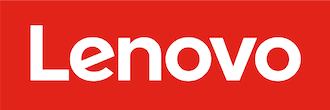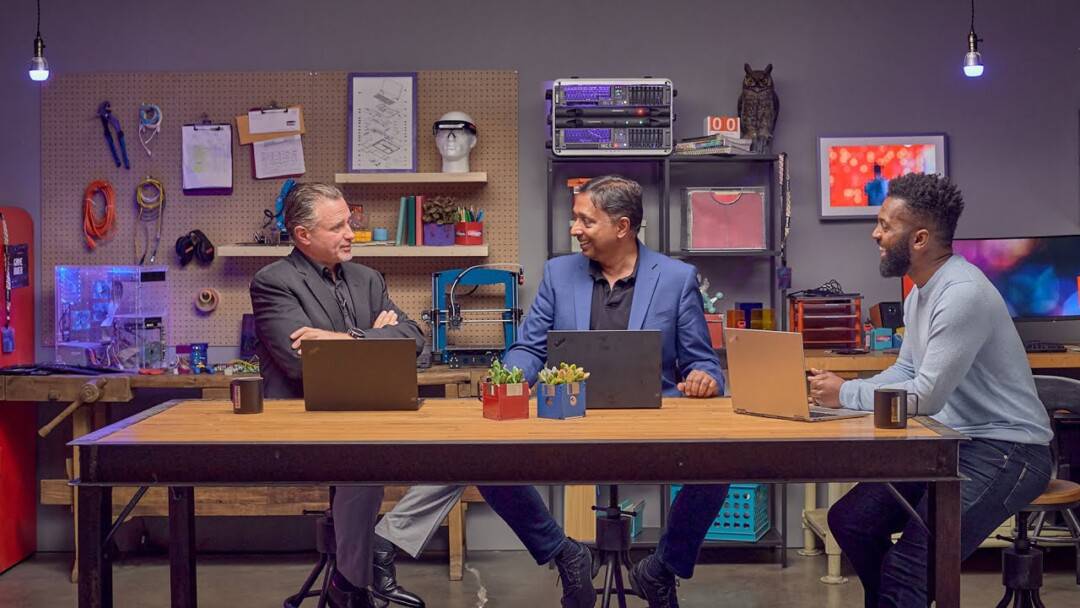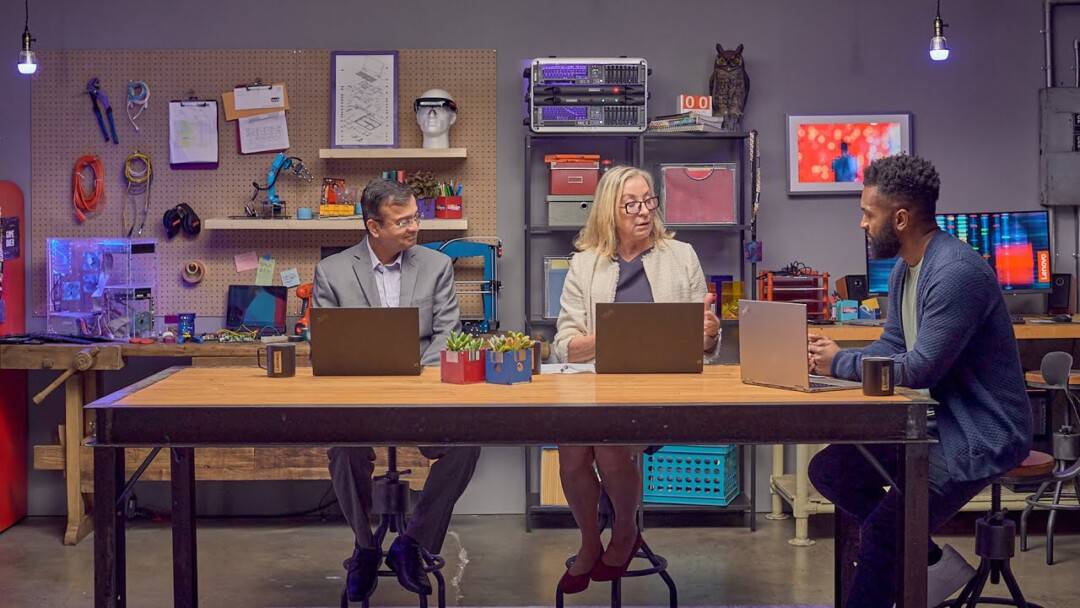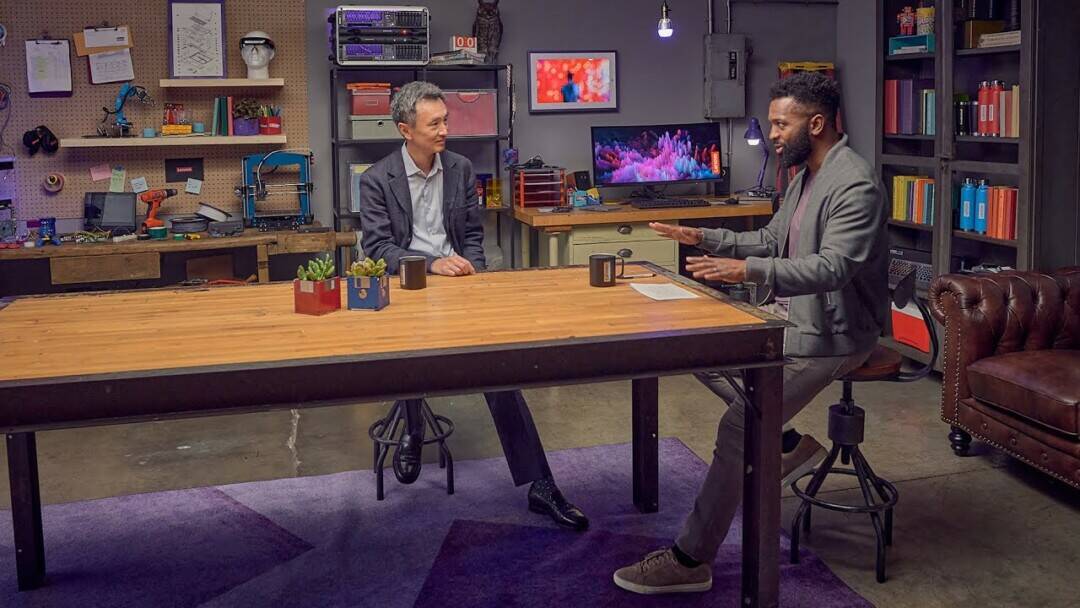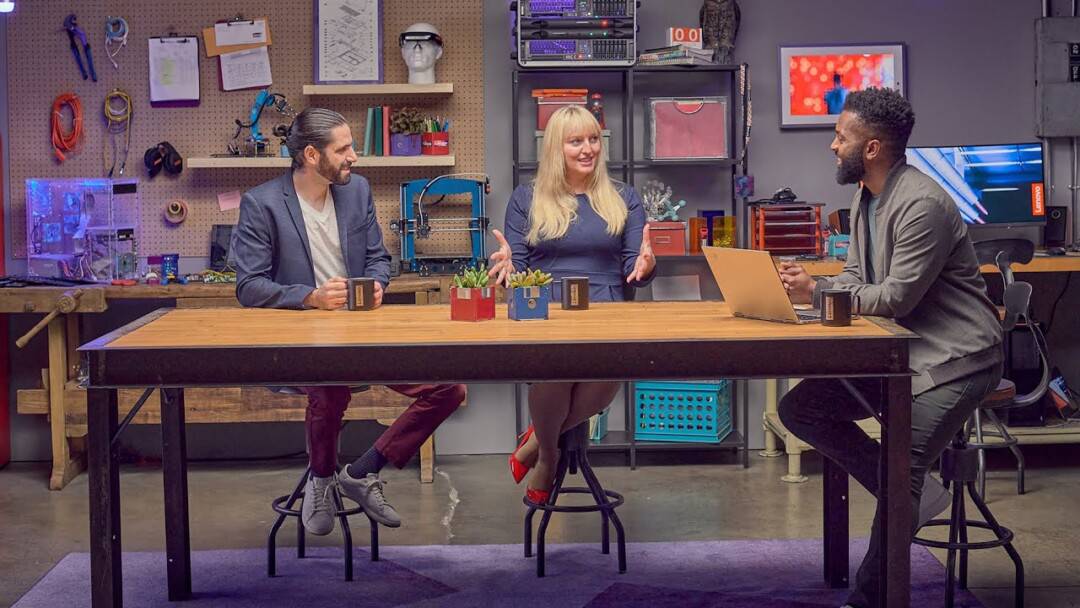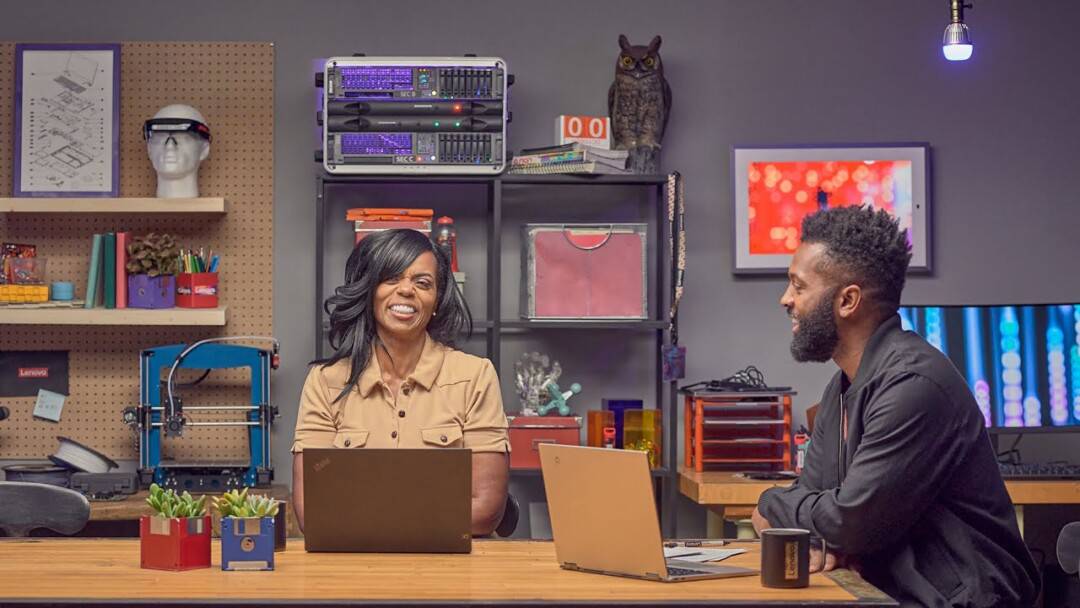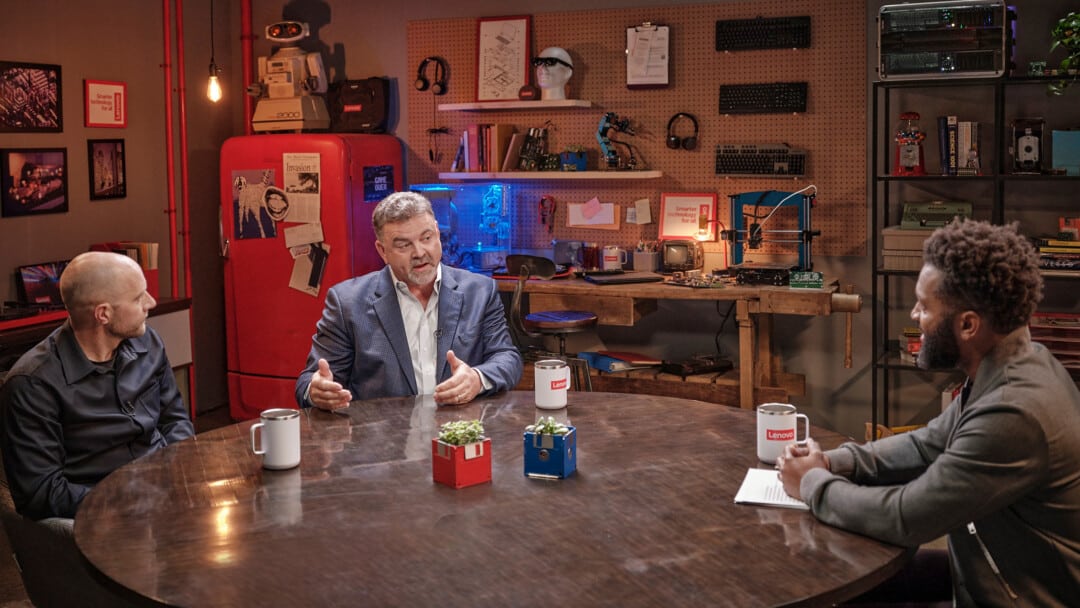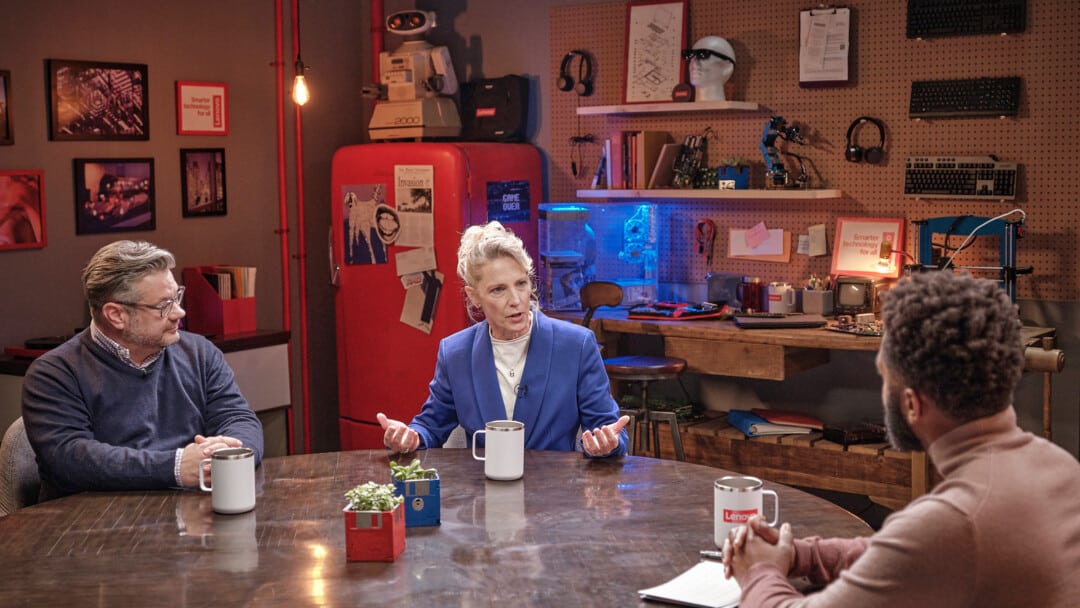
The blockchain is gaining traction as a secure way to maintain a record of transactions across complex, global supply chains. IDC forecasts that spending on blockchain technologies will reach nearly $19 billion by 2024.
The blockchain concept originated in the world of cryptography as a protocol to validate documents by making it impossible to tamper with their date-stamps. Now, CIOs are discovering its value as a secure and scalable solution to manage complexity across the enterprise. Emerging use cases include:
- Tracking assets through “digital birth certificates”
- Automating business processes such as purchase order modification, good-receipts-based invoice verification, and dispute resolution
- Standardizing process data to conform with industry standard schemas for supply chain data
- Solving business issues surrounding warranty claims, accounts payable & receivable
Lenovo’s learnings
Blockchain has made significant inroads at Lenovo, whose supply chain encompasses a complex universe of suppliers, partners, distributors, shippers, and customers across operations in 60 countries. Lenovo ranked 9th on Gartner’s Global Supply Chain Top 25 list for 2022.
Renee Ure, Chief Operating Officer of Lenovo’s Infrastructure Solutions Group, says the company embarked on a total transformation of its supply chain in 2019, driven by the company’s transition from a product-led to a customer-driven model.
“Our goal was to optimize, standardize, and connect business processes and data within our value chain,” Ure says. Lenovo uses a combination of ERP tools and homegrown IT solutions to manage its global business operations globally. Its suppliers and customers have similarly complex IT infrastructure. “We needed to create a platform that can integrate ERP tools, custom tools, data shared via emails, and paper in a standardized universally accepted format,” Ure explains.
Lenovo’s supply chain is 100% configure-to-order, serves both the consumer and the enterprise, has hundreds of SKUs and thousands of unique part numbers. The complexity inherent to a configure-to-order supply chain means “a whole lot of daily transactions,” Ure says. Acquiring, storing, and retrieving the records of those transactions along with all their relevant emails, contracts, serial numbers, shipping documents, and more is a herculean task to perform at speed and at scale.
Lenovo’s blockchain pilot programs have shown a measurable impact, delivering more than 20% in cost savings and cost avoidance across the supply chain, thanks to reductions in administrative costs, increased velocity, and the automation of previously manual processes. With blockchain technologies scaled and deployed across Lenovo’s supply chain, Ure notes, “delays and disputes will be greatly reduced. Paper trails go away. Human error will be eliminated. And third-party services required today will no longer be required.”
Better tracking of digital and physical assets
One of the primary use cases for Lenovo’s blockchain deployment is asset tracking – a record of a server or laptop lifecycle from the procurement of commodities and components through its manufacture, shipment, and acceptance by the customer. Although the blockchain is effective at tracking digital transactional data, Ure says there needs to be a physical integration to connect the physical flow of goods to their digital flow in the value chain as the asset moves from supplier to customer.
“We have access to our suppliers’ data, which allows us to create a digital ‘birth certificate’ of our assets with data on all commodities, parts, software, and firmware within a Lenovo server as it leaves our facility to be installed at a customer’s data center,” Ure says. “In the pilots we launched, we used IoT devices to collect transactional supply chain data, validate it with the blockchain’s consensus mechanism, and store it in a decentralized ledger both on-premises and in the cloud.”
Scaling blockchain services
Lenovo’s embrace of blockchain technologies as part of its transformation to become a customer-driven company has proven so successful that the company is now planning to offer its solutions to customers. The company has adopted and evangelized the “Trust your Supplier” solution, built by Chainyard, to onboard upstream suppliers and downstream customers who, following disruptions to their own supply chains caused by the Covid-19 pandemic, now regard a robust, scalable approach crucial to their survival and success.
“We are onboarding about 40 of our key suppliers onto this network to drive a greater degree of collaboration, standardization, and visibility within our upstream value chain,” Ure says. “Participants in the network share a common goal of solving challenges related to supplier information management. It is a trusted source of digital identity for suppliers.”
Getting started
CIOs contemplating a trial of any blockchain pilot for their organization’s supply chain should begin with customers to determine critical pain points and whether decentralized ledger technology is the best solution, Ure advises. It’s important to remember that not all problems can be solved by blockchain alone. Blockchain is complemented by scalable infrastructure, DevOps methodologies focused on driving business outcomes quickly, and emerging technologies such as artificial intelligence for deeper analytics and insights. “One must always build with scale and cost in mind,” Ure says.
“This is a complex and evolving process,” she adds. “It’s not limited to your suppliers; it includes your suppliers’ suppliers. How well all these different parties participate and exchange data determines how much value your supply chain can deliver to your customer. The more value, the better your enterprise can differentiate itself from your competition.”
Blockchain: Want more? Watch the More math than magic episode of Lenovo Late Night I.T. Season 2.



